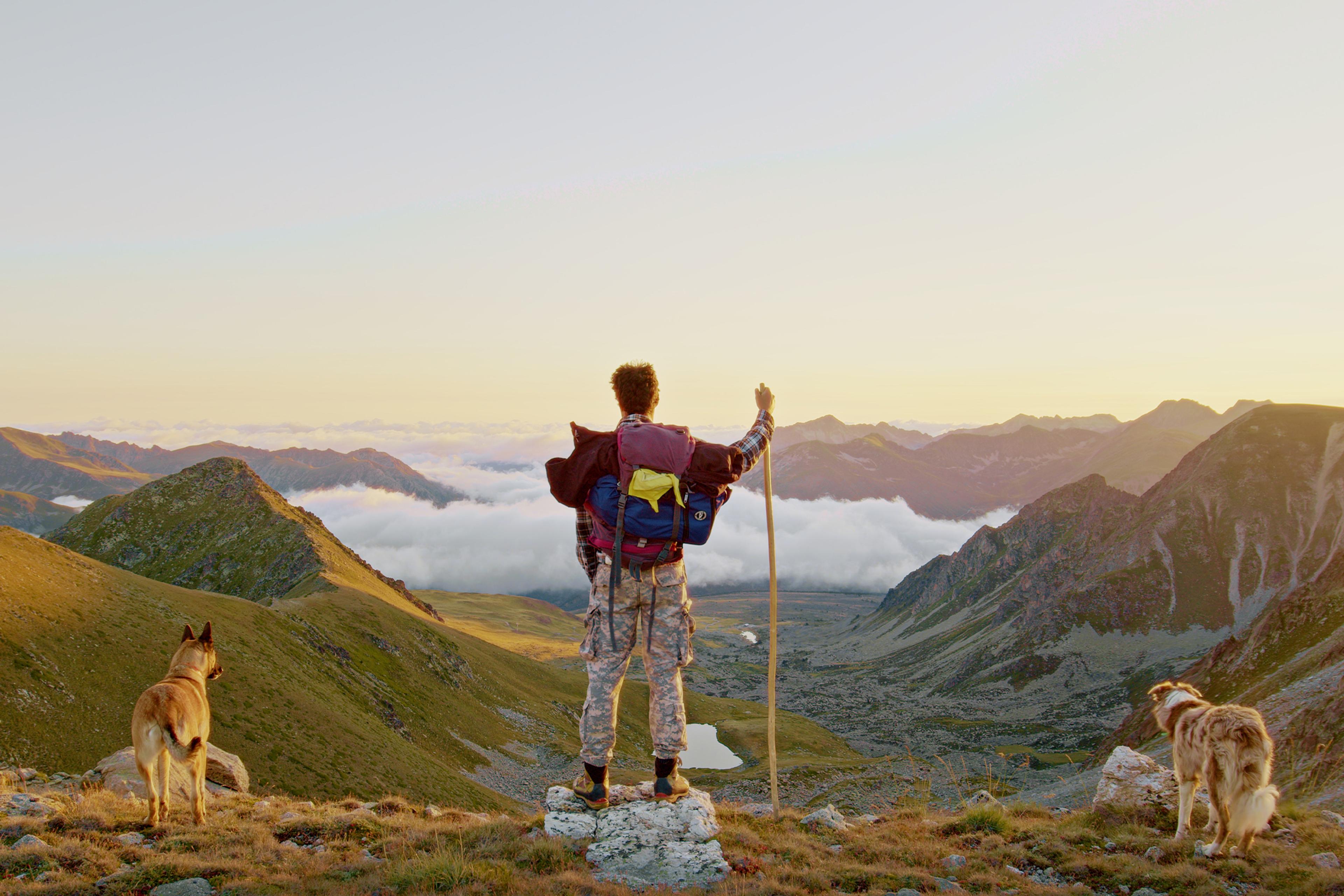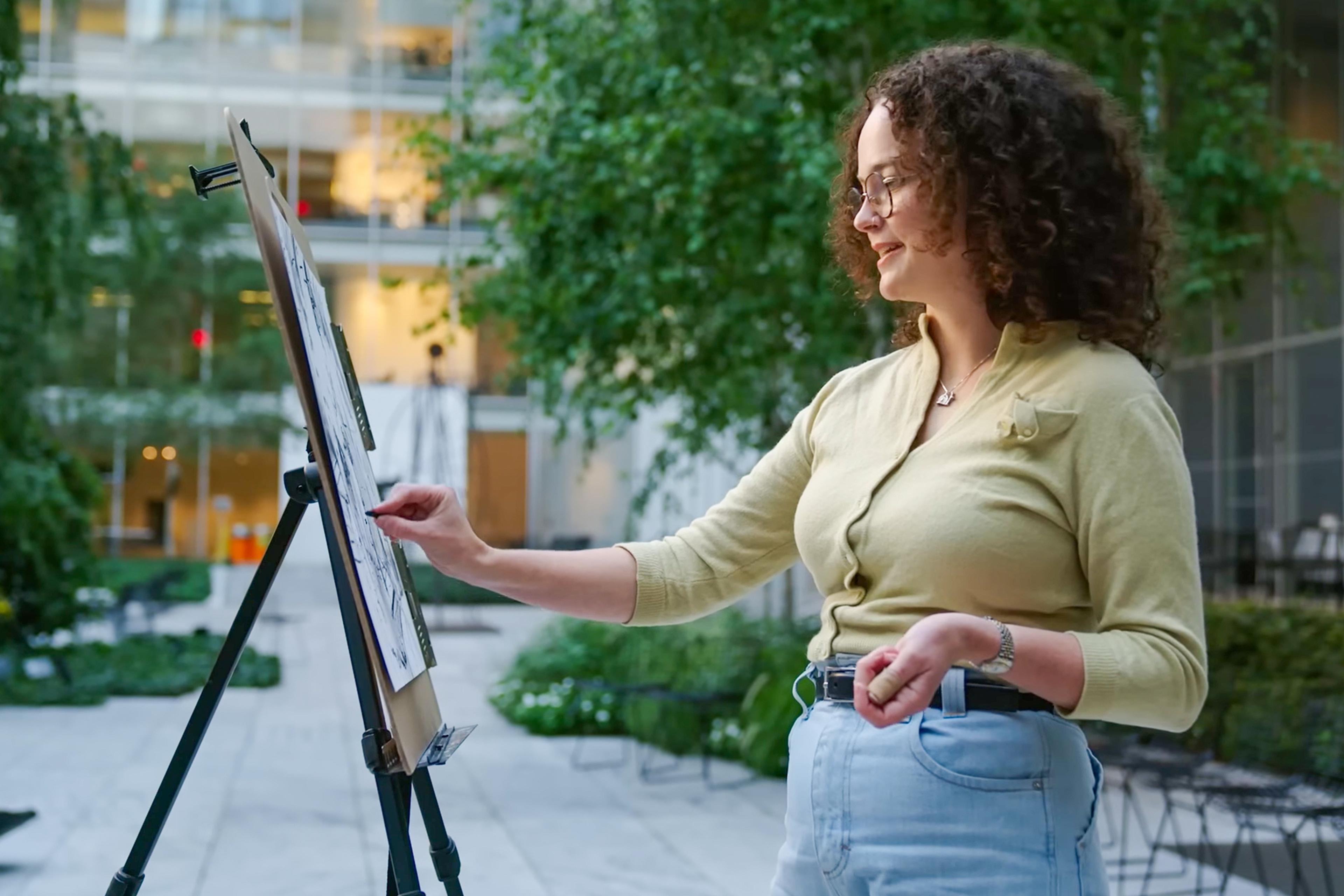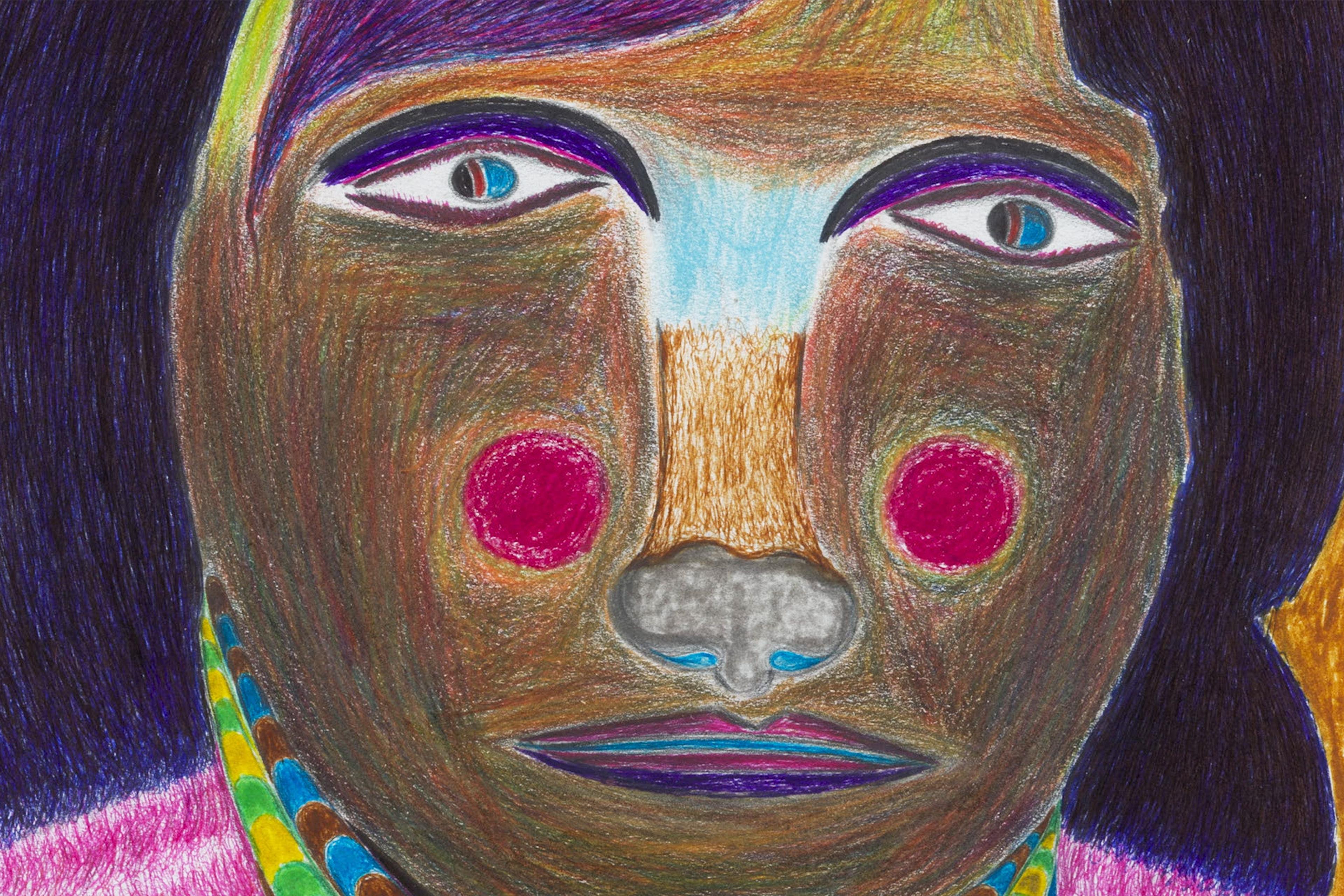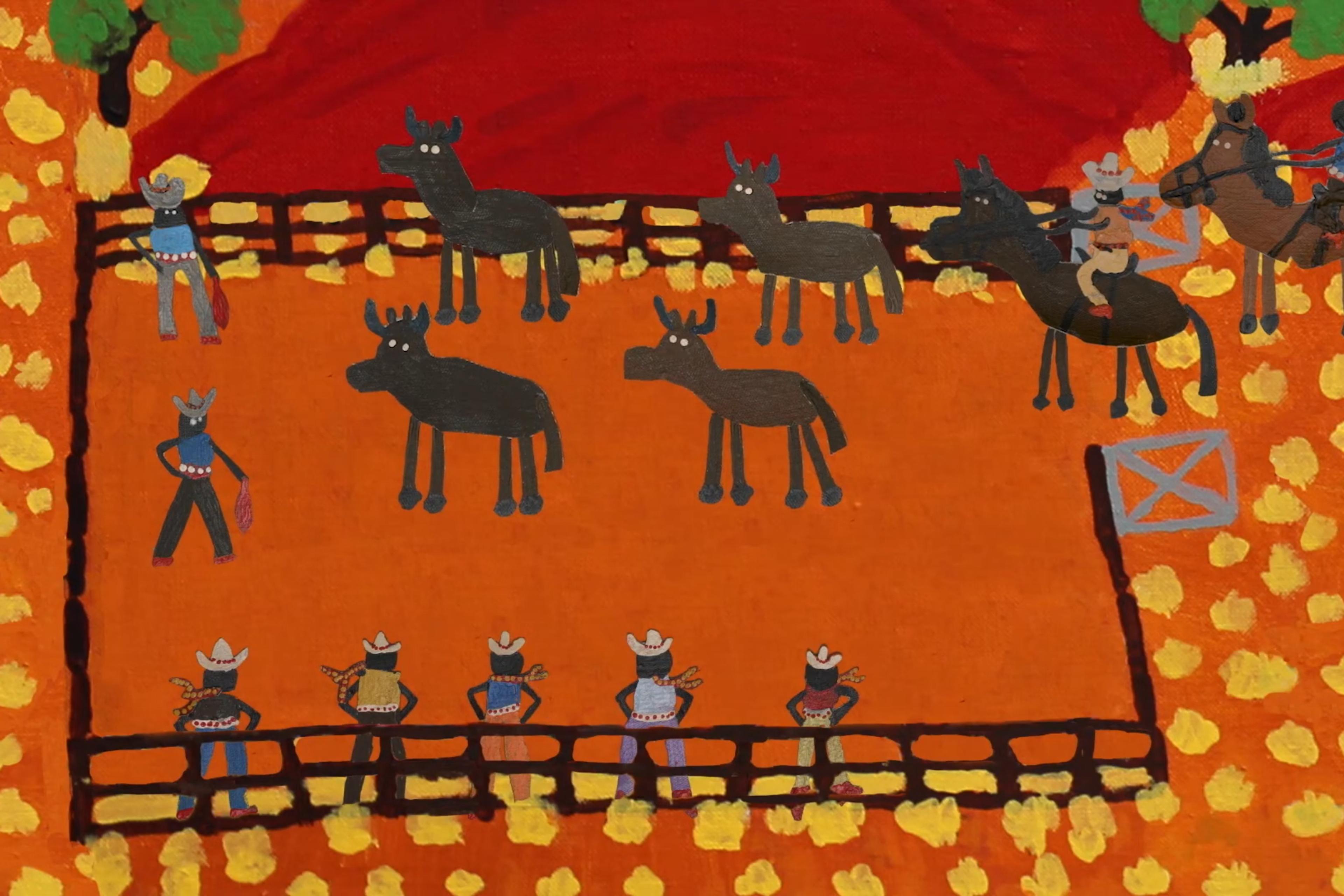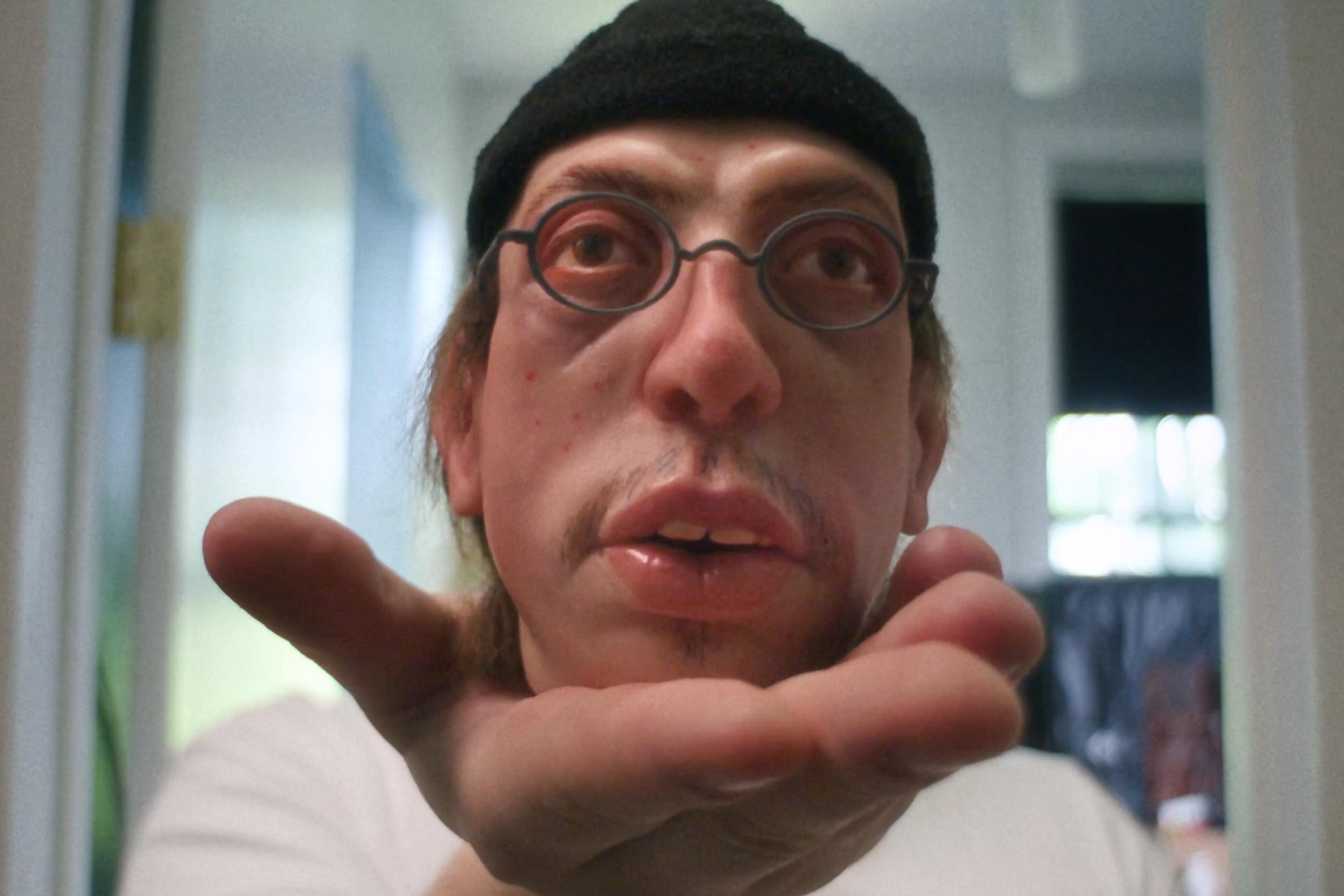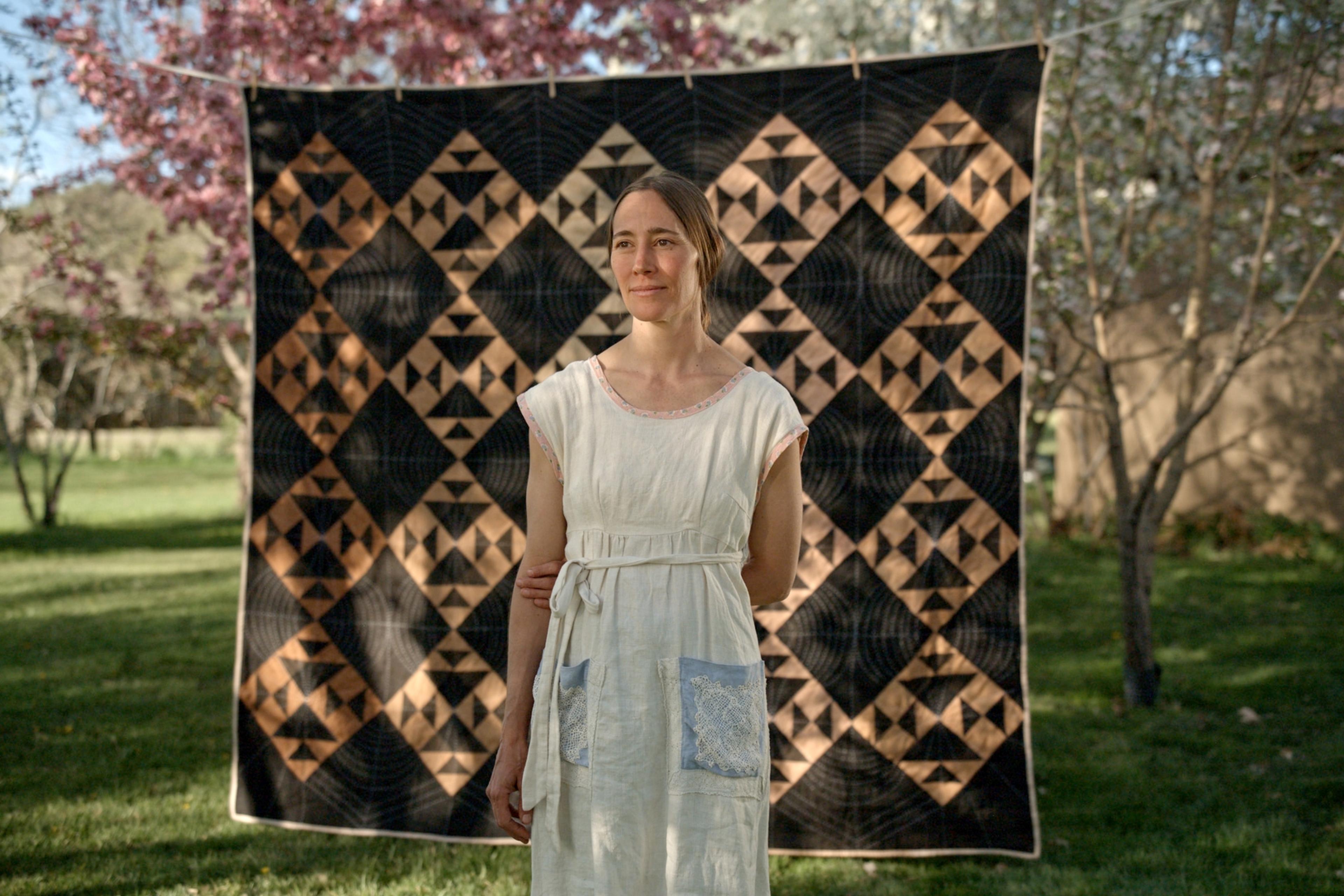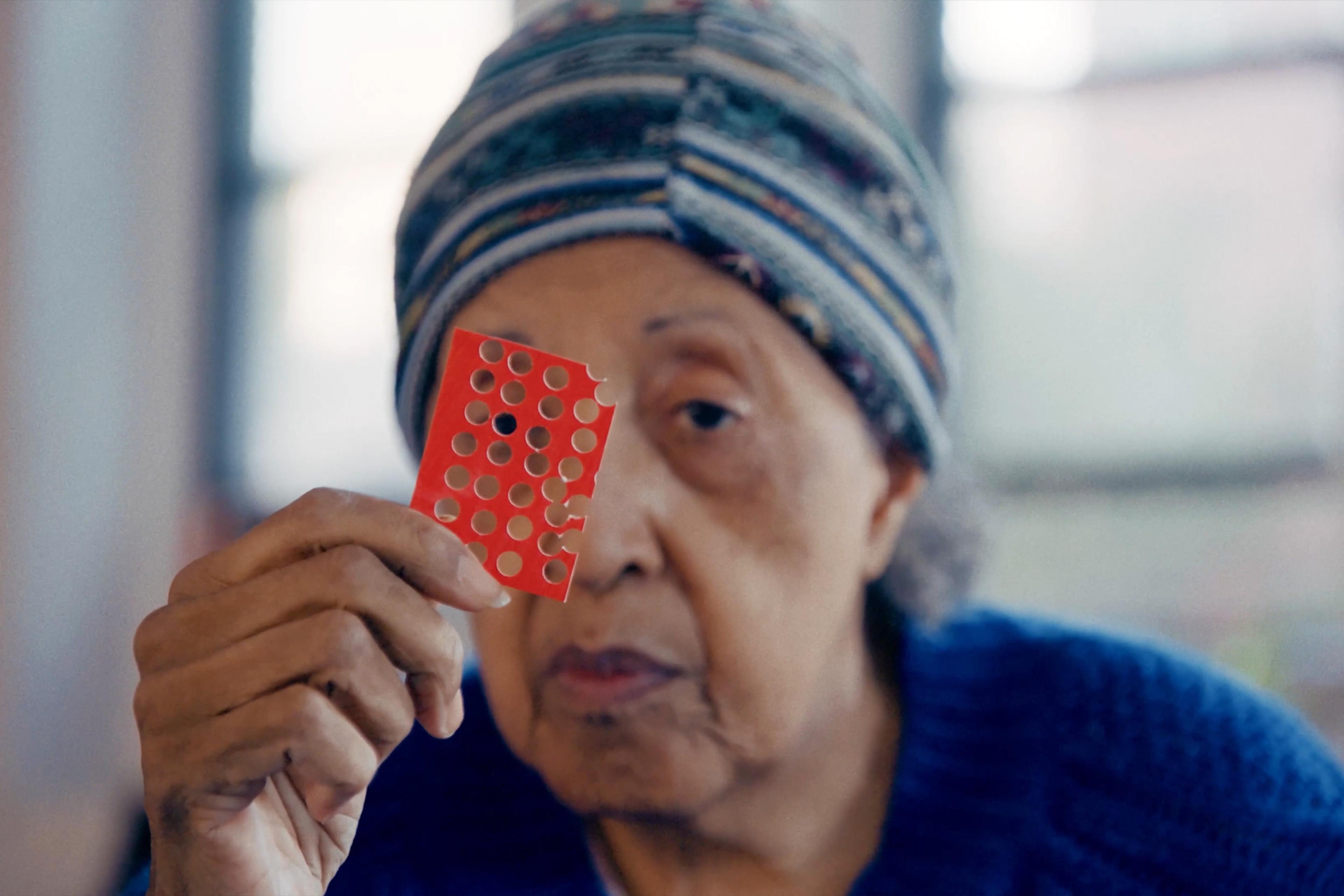A self-described ‘intertidal artist’, Pete Clarkson’s lone material is the marine debris he finds washed up near his home in the seaside town of Tofino on Vancouver Island in British Columbia, Canada. Many of Clarkson’s sculptures are lighthearted if slightly subversive. He transforms fishing nets, plastic barrels and rogue pieces of weathered wood into whimsical creatures and ocean-themed works that often integrate the very marine life these washed up items threaten. Self-taught, Clarkson takes inspiration from local coastal and Indigenous folk art traditions. Melding these influences with his own playful sensibilities, his sculptures have a sense of personality and place at their centre. The images he creates, as well as the process itself, are often imbued with environmentalism and humanism. ‘On one level it wounds me that the world is so overcome by debris,’ Clarkson writes of his work, ‘and yet I am often inspired by its sublime beauty, and the reminder it carries that we are all connected.’
And, as Clarkson’s most solemn and personal project Swept Away (2014) powerfully illustrates, each object also carries its own history, even if their stories are often foggy and fragmented by the time he finds them. Clarkson began the project following the devastating Tōhoku earthquake, tsunami and nuclear meltdown of 11 March 2011 in Japan, in which roughly 20,000 people were killed – many of them in a sudden instant. He was deeply affected by the disaster, especially as someone whose life is inseparable from the sea. Nine months later, Clarkson began noticing that some the objects washing up nearby, including large plastic kerosene containers and floats, could be traced back to Japan. Later, even more intimate and personal objects began to arrive, including pieces of family fishing boats and traditional Japanese dining tables. He soon realised that each of these objects – and likely some of the people who once valued them – had been swallowed by the sea.
With no feasible way to identify many of these objects’ owners, Clarkson began assembling them into a memorial intended to ‘[honour] the tsunami tragedy while reminding us of our own vulnerability’. This process is captured by the Canadian filmmaker John Bolton in the short documentary Debris (2015). The film follows Clarkson as he fashions these items into a wave of tsunami artefacts sweeping through the forest at the Tofino Botanical Gardens. By focusing solely on the artist’s experience of the project, Bolton leaves the viewer, like Clarkson, to contemplate the immensity of the tragedy via these objects, which, weathered by their drift across the Pacific, can only hint at the lives and fates of the people who once possessed them. Through this, the film and the artwork itself form both a tender remembrance of the lives lost amid the disasters and a thought-provoking reflection on the many ways in which humans, separated by borders and even vast oceans, are inextricably interconnected.
Written by Adam D’Arpino
